9 Interior Design Marketing Strategies That Work
If you’re an interior designer, you’ve likely tackled numerous projects in houses that were stuck in previous decades, thrilling clients who wondered why they waited so long to update their homes.
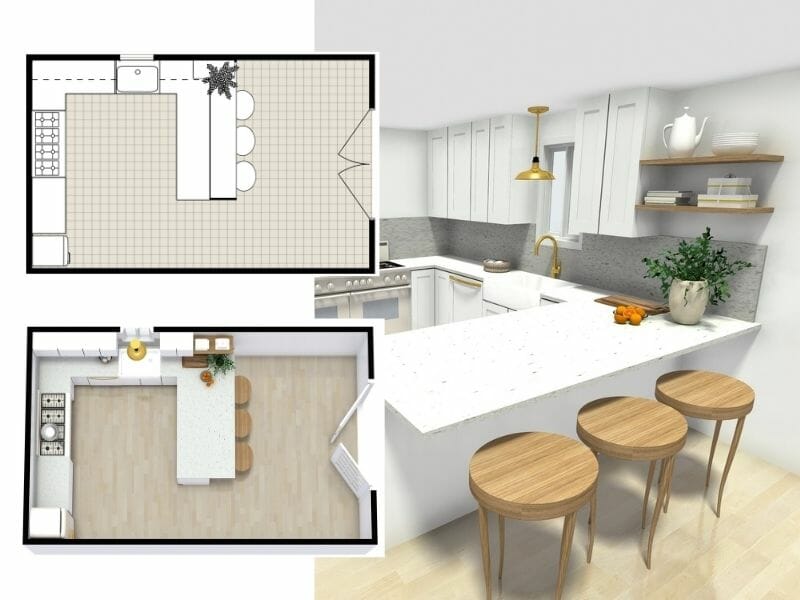
Sharing inspirational interior design trends is one way to build your business, but how do you reach prospective clients? The answer is a solid interior design marketing strategy that ticks off all the boxes. Just like an awe-inspiring design, an impressive marketing strategy takes time, creativity, and effort to develop.
What Is Interior Design Marketing?
Interior design marketing plays a key role in establishing your brand and will help prospective clients find you when they’re looking for a professional to bring their vision to life. Become a source of inspiration, and they may reach out to you to tackle a project they never even knew they wanted!
1. Website
Create a visually stunning website with a portfolio to showcase your abilities. Investing in a personalized email rather than using a free domain will reinforce your professionalism.
Establish your brand to create professionalism and trust.
The personality and voice of your business are an important first step in interior design marketing. It demonstrates professionalism and provides consistency in marketing materials, which inspires confidence in your services and drives customer recognition and loyalty.
When determining your brand, think about the type of clients you want to attract and what they like. Your brand should reflect the type of interiors you specialize in and your unique selling proposition – a marketing term used to describe what sets you apart from other interior design companies.
It should inform everything from the fonts, colors, and content you use on your website and in marketing materials to your core values and pricing.
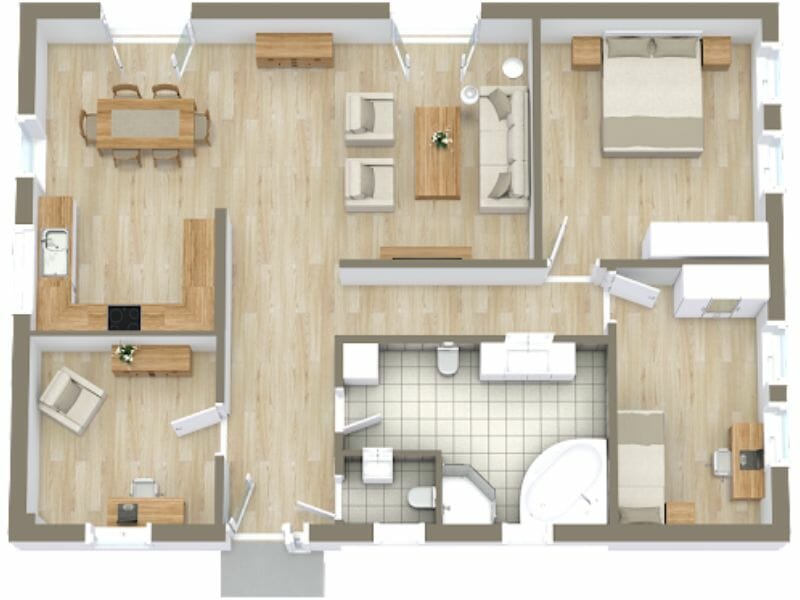
2. Add 3D Visualization to Close Deals Faster
Today’s design customers expect 3D Floor Plans, and the RoomSketcher App allows you to deliver floor plans and furniture layouts so they can visualize the potential. The software generates a virtual 3D model of your floor plan while you draw. An easy-to-use virtual camera lets you take 3D Photos of any part of your design
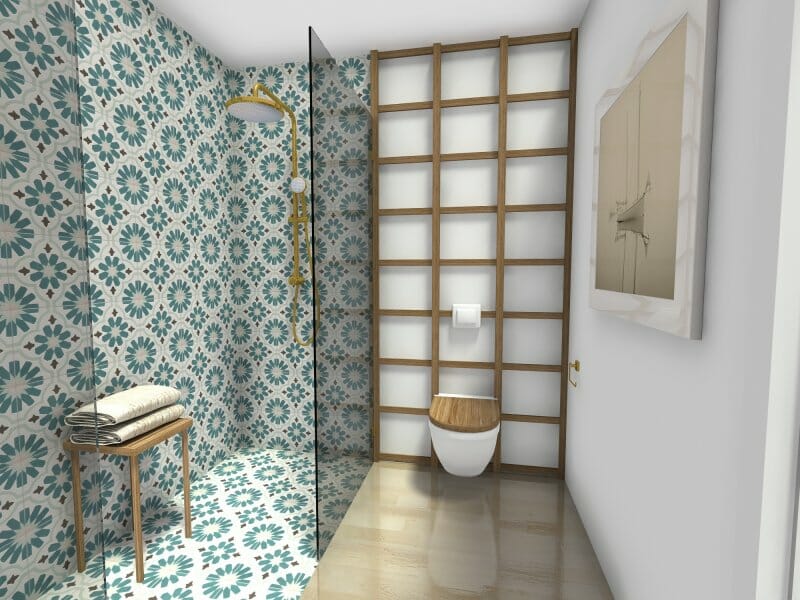
As an added benefit, all your projects are stored in the cloud, so you can access them online anytime and anywhere you need on any mobile device and make big and small changes during meetings with clients. These projects also create a portfolio-to-go. You can show a prospective client previous projects you have completed to help you secure their project.
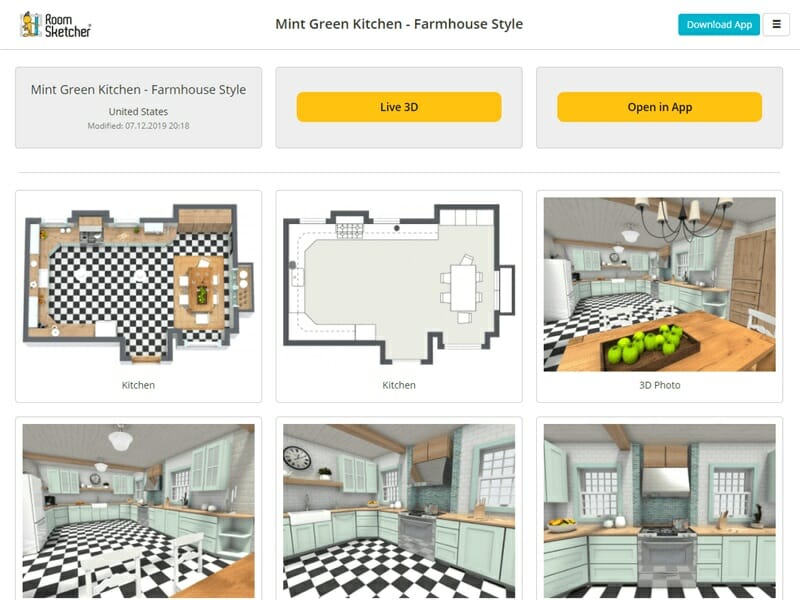
3. Social
Your interior design marketing strategy should include promoting your business on a variety of social media channels. Think of your social media accounts as business landing pages to showcase your best work. The most influential interior design community platforms include the following:
Pinterest. The visual discovery engine is a popular tool for finding a home and style inspiration because it allows users to group ideas into ‘boards’ they can refer to when tackling a project. Showcasing your work here is a no-brainer. Title each picture you upload with descriptive keywords so users can find them. Pin consistently.
Instagram. Take quality photos of your completed projects for your portfolio, photorealistic designs can also boost your business on this image-first platform. The RoomSketcher App features an easy-to-use virtual camera so you can take instant snapshots to create realistic 3D Photos, and integrated online and mobile features make sharing your work a snap.
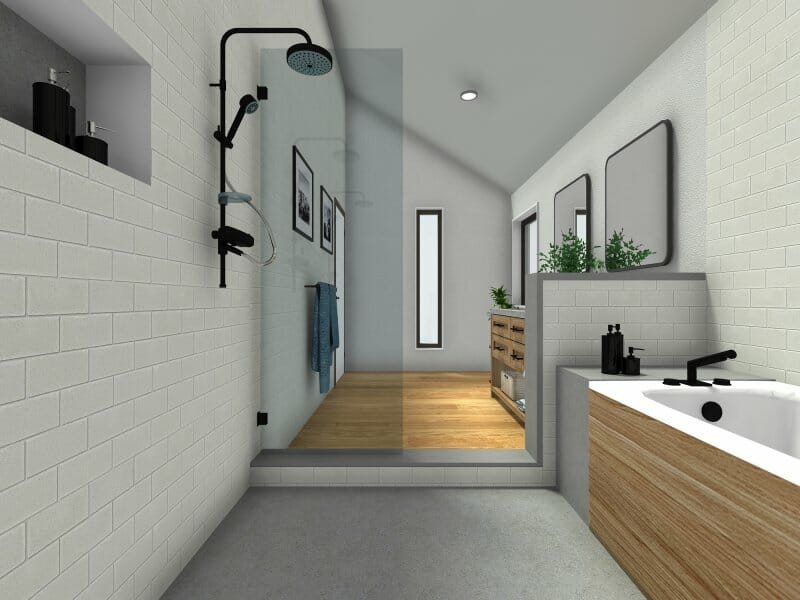
4. Portfolio
It’s often been said that a picture is worth a million words, an adage that underscores the value of an interior design portfolio that demonstrates your skills, niche, and capabilities. Consider tips from the New York Institute of Design and Art.
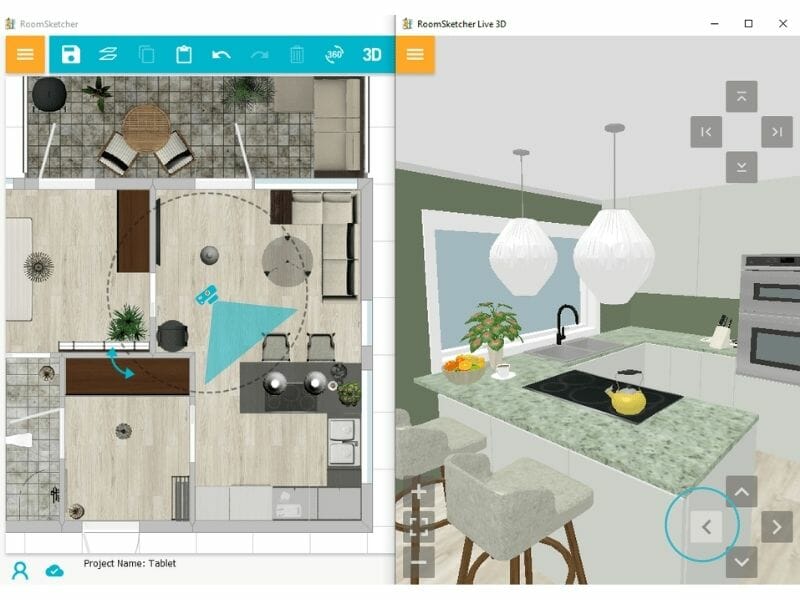
Add quality images to demonstrate professionalism:
- Include before and after photos of completed projects.
- Add contexts, such as how long it took to complete the project, client goals, unique challenges, or design features that illustrate your creativity and skills.
- Feature projects that are in progress to encourage visitors to check back on their status regularly.
- List the names of reputable companies you used to complete the projects – they just might become referral partners.
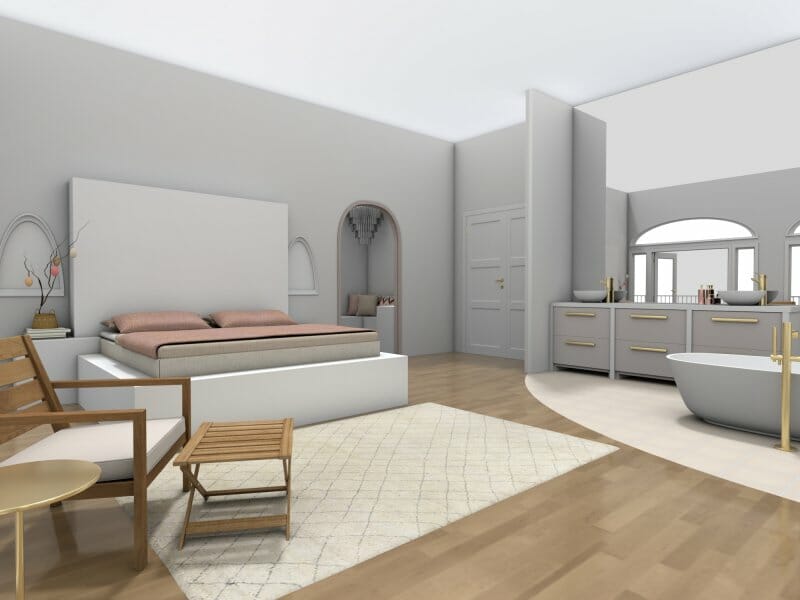
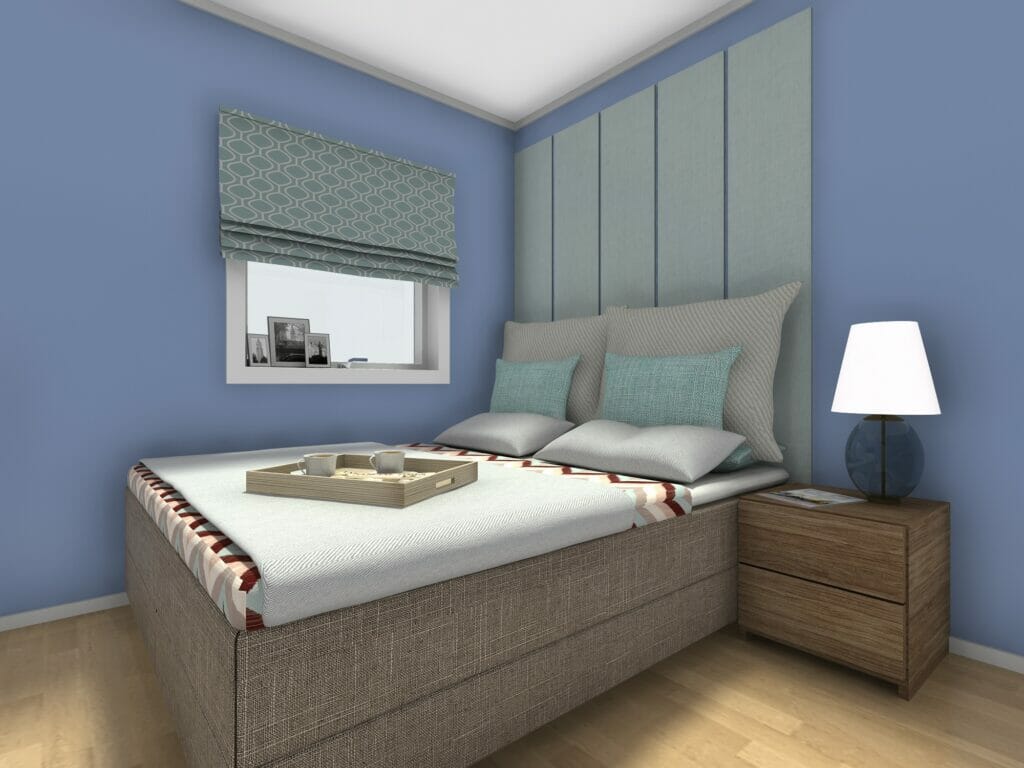
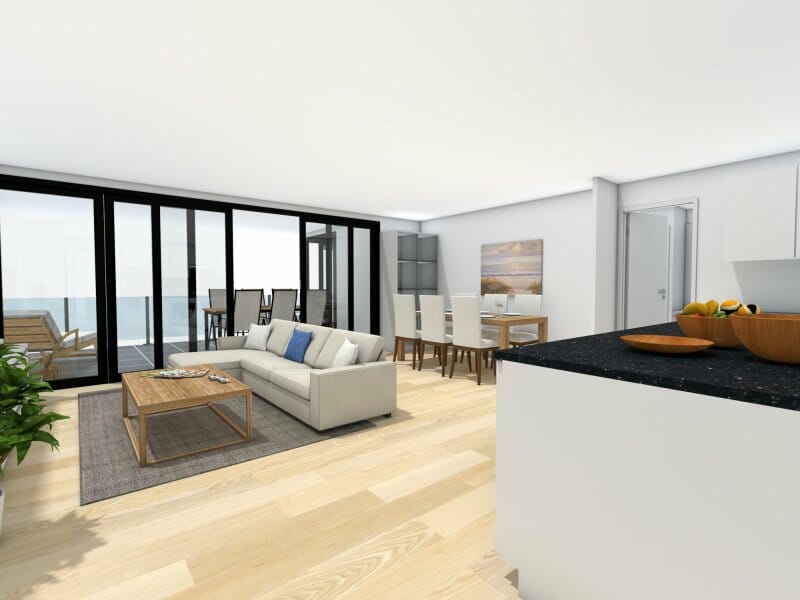
5. Engage Viewers With Inspirational Videos
If a picture tells a thousand words, imagine the potential of an engaging video that showcases a stunning project, offers helpful design tips, or walks viewers through the steps of designing a space. When it comes to internet surfing, videos have the highest viewership and conversion rates.
Websites and social media accounts that include videos posted on YouTube are more likely to attract viewers than those that don’t. That’s especially true when it comes to home decor, remodeling, and interior design, according to the digital marketing agency. Videos can inspire in seconds, reinforcing your brand and helping your website rank higher in search results so more prospective clients will find you.
RoomSketcher 3D Visualization can help you prepare for a professional photoshoot. Save on costly preliminary site visits by sharing and reviewing your project in 3D with your photographer. Save time by pre-determining shots and anticipate your styling needs by virtually styling your 3D Photos.
Discover 5 Tips for Great 3D Interior Design Photos
6. Join Online Communities to Reach Your Target Audience
Focus on communities like Houzz, a resource for interior design clients. Make sure you understand and are comfortable with each community’s terms, and monitor the performance of each to ensure you’re getting a good return on investment (ROI).
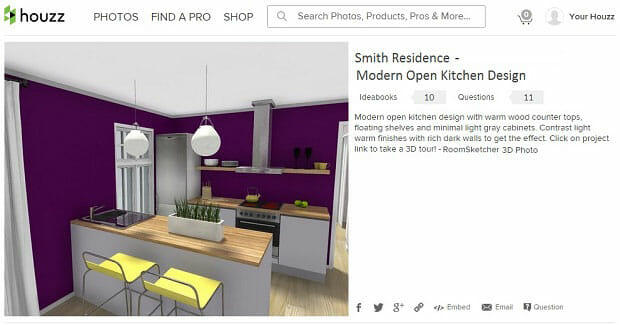
7. Request Testimonials to Post on Your Website
According to one source, eighty-nine percent of consumers consider reviews an essential resource when making a purchase decision. That means featuring reviews on your website is no longer optional but a necessity.
Let clients know the value of reviews in your industry and ask if they’d leave one on your preferred social platform(s). If they do, thank them on the platform and let them know how much you enjoyed bringing their vision to life, and perhaps even mention a design challenge you were able to overcome.

8. Write a Bio to Introduce Yourself to Prospective Clients
Your answers to questions such as the following will help you to write a short bio to post on your website and social media platforms to introduce yourself to potential clients:
- What inspired you to pursue interior design, and what continues to inspire you?
- Where did you complete your education? Did you have any notable instructors and courses? If you’re launching your career, mention any significant field placements you completed.
- Why should a client choose you?
- What are your strengths/specialties?
Top Tip
Be sure to include a professional image of yourself with your bio.
9. Encourage Word-Of-Mouth Marketing to Spread Information About Yourself From Trusted Sources
If you had a positive experience with clients, let them know you’d love to work with others just like them and invite them to refer you to friends, family, and acquaintances. Consider offering a gift card to a local home furnishing store or restaurant for every referral that becomes a client.
- Create a visually stunning website with a portfolio to showcase your abilities. Investing in a personalized email rather than using a free domain will reinforce your professionalism.
- Expand your reach by using your brand name on all social media, including Facebook, Instagram, YouTube, Twitter, and TikTok. Even if you’re not currently active on a particular social media app, you may want to use the platform in the future. Include your contact information on each platform so potential clients can find you.
- Share images of completed projects with clients and partners.
- Consider offering online interior design services. Offer multiple packages, each at a different price point, with a clear description of what each includes.
- Create content marketing to establish yourself as an expert in your niche market.
- Stand out on Google with a free business profile. Show your business’s personality with photos, a logo, and more.
The simple answer is ‘yes,’ but before you start posting blogs, be sure you understand the purpose of content marketing and know that quality – not quantity – matters.
Content marketing is a strategic interior design marketing approach. Unlike traditional forms of advertising, it isn’t about pitching your products or services. Rather, it’s about creating and distributing content that’s truly relevant and useful. It creates brand awareness and trust. You may ultimately be rewarded with your audience’s business or referrals.
As a designer, you want to do just that – design. If you’re new to the profession or if you’re feeling the pinch of tough economic times, when some homeowners and businesses may look at interior design as an unnecessary investment, getting clients may take some work.
Thankfully, you’re creative and are trained to think outside the box to come up with solutions to challenges.
Harness the Power of RoomSketcher Today
Now that you have a better understanding of the various interior design marketing strategies available, it’s time to add RoomSketcher to your toolkit and discover why it’s loved by interior designers all over the world. Get started for free or watch our demo and learn how you can use RoomSketcher today.
Don't forget to share this post!
Recommended Reads
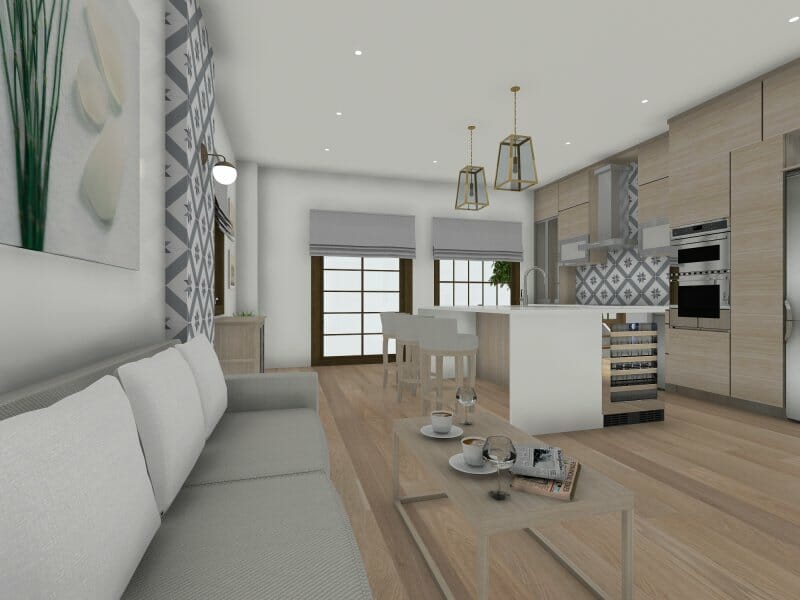
Interior Design Ideas: Visualize with RoomSketcher
Bring your interior design ideas to life with RoomSketcher. Create room designs, floor plans, and visualize your ideas in stunning 3D.
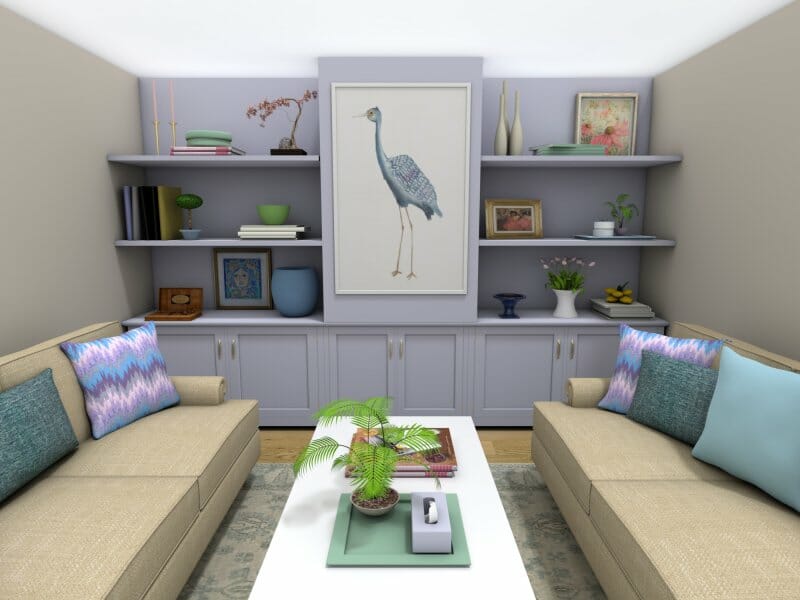
Interior Design Trends for 2024 Begin With Color
We give you the top interior design trends for 2022 directly from experts in the industry.
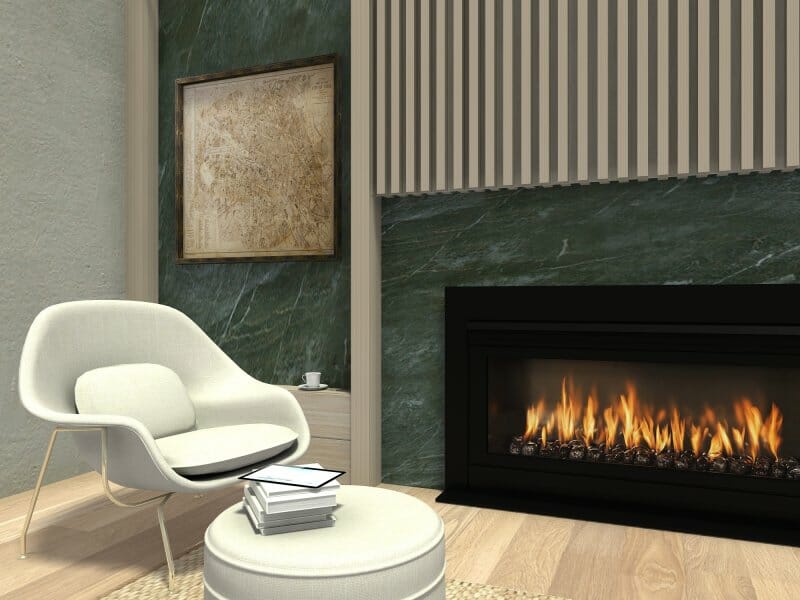
5 Tips for Great 3D Interior Design Photos
You can create great 3D interior design photos of your projects with these expert interior design photo tips.
